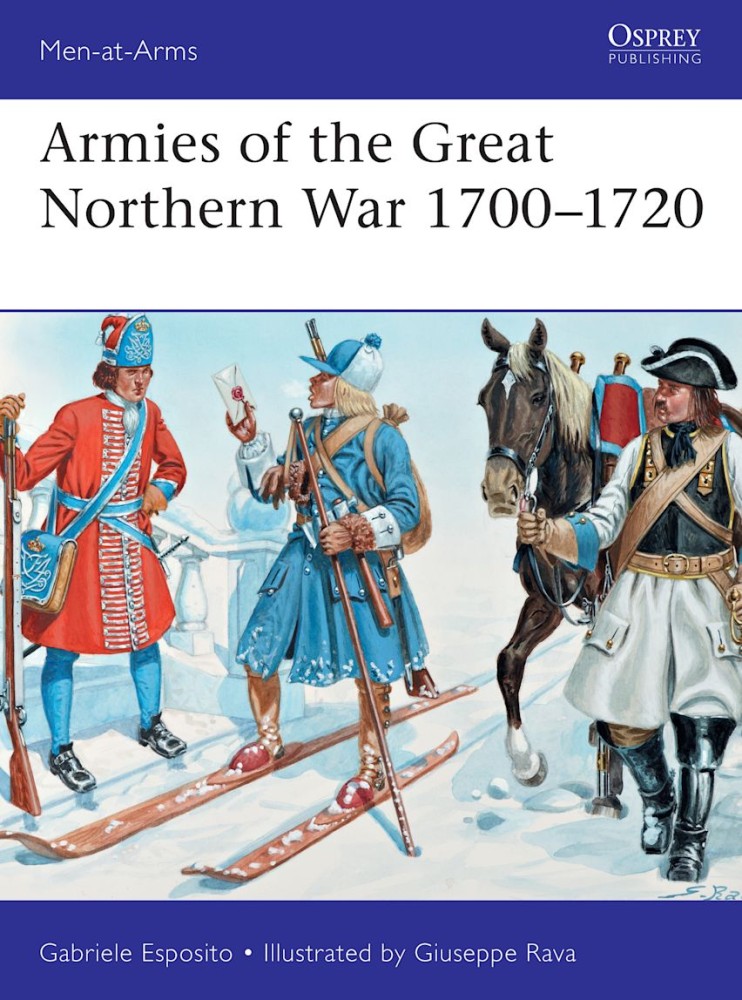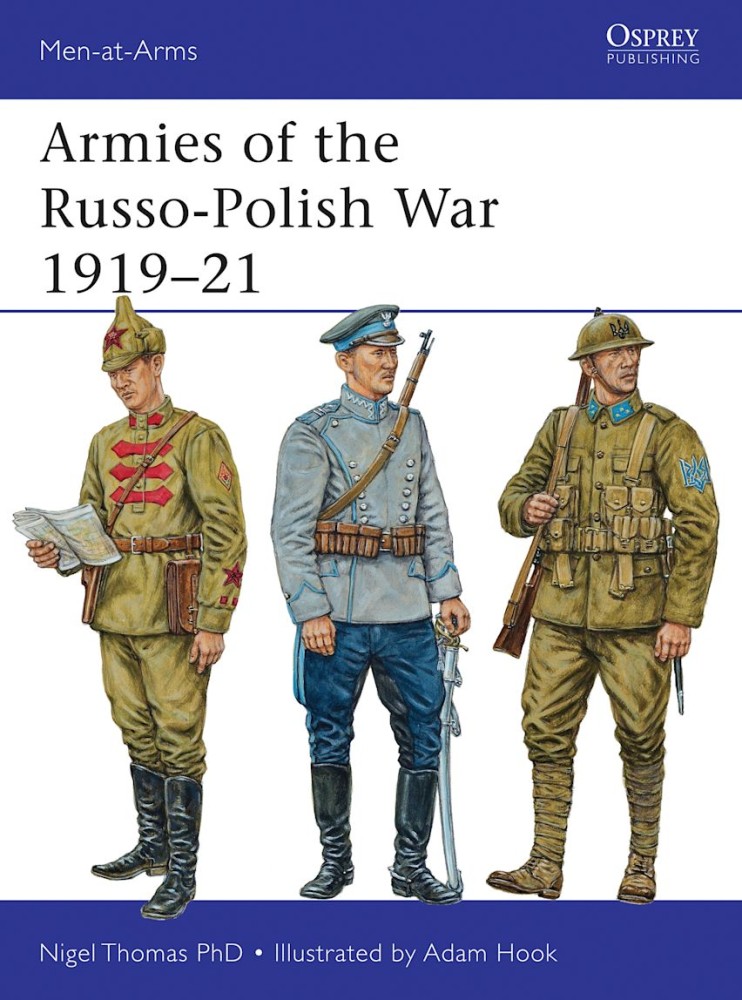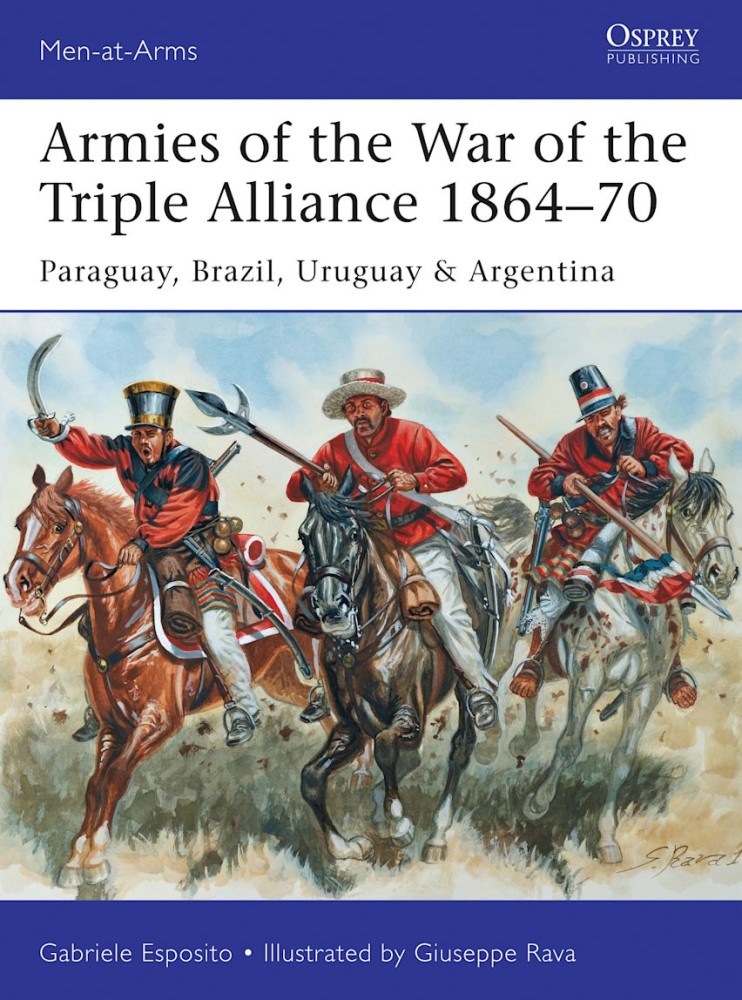The Great Northern War was a long series of campaigns in which Russia, linked with several other countries in temporary alliances, confronted and eventually replaced Sweden as the predominant power in Northern Europe. While contemporary with the Duke of Marlborough's pivotal campaigns against France, the Great Northern War was in fact more decisive, since it reshaped the Northern European power balance up to the eve of the Napoleonic Wars.
In 1917 Poland was recognised as a state by Russia, but the Bolshevik coup threatened this. The Polish leader Marshal Pilsudski hurried to build an army around Polish World War I veterans, and in 1918 war broke out for Poland's independence, involving the the Poles, the Red and White Russian armies, at least two different Ukrainian forces, and Allied intervention troops. The armies that fought these campaigns were extraordinarily varied in their uniforms and insignia, equipment and weapons, and when peace was signed in 1921, Poland had achieved recognised nationhood for the first time since 1794. Featuring specially commissioned full-colour artwork, this engaging study explains and illustrates the armies that fought in the epic struggle for the rebirth of the independent Polish nation, in the bitter aftermath of World War I.
The War of the Triple Alliance is the largest single conflict in the history of South America. Drawing Argentina, Brazil, Uruguay and Paraguay into conflict the war was characterized by extraordinarily high casualty rates, and was to shape the future of an entire continent – depopulating Paraguay and establishing Brazil as the predominant military power. Despite the importance of the war, little information is available in English about the armies that fought it. This book analyzes the combatants of the four nations caught up in the war, telling the story of the men who fought on each side, illustrated with contemporary paintings, prints, and early photographs.



